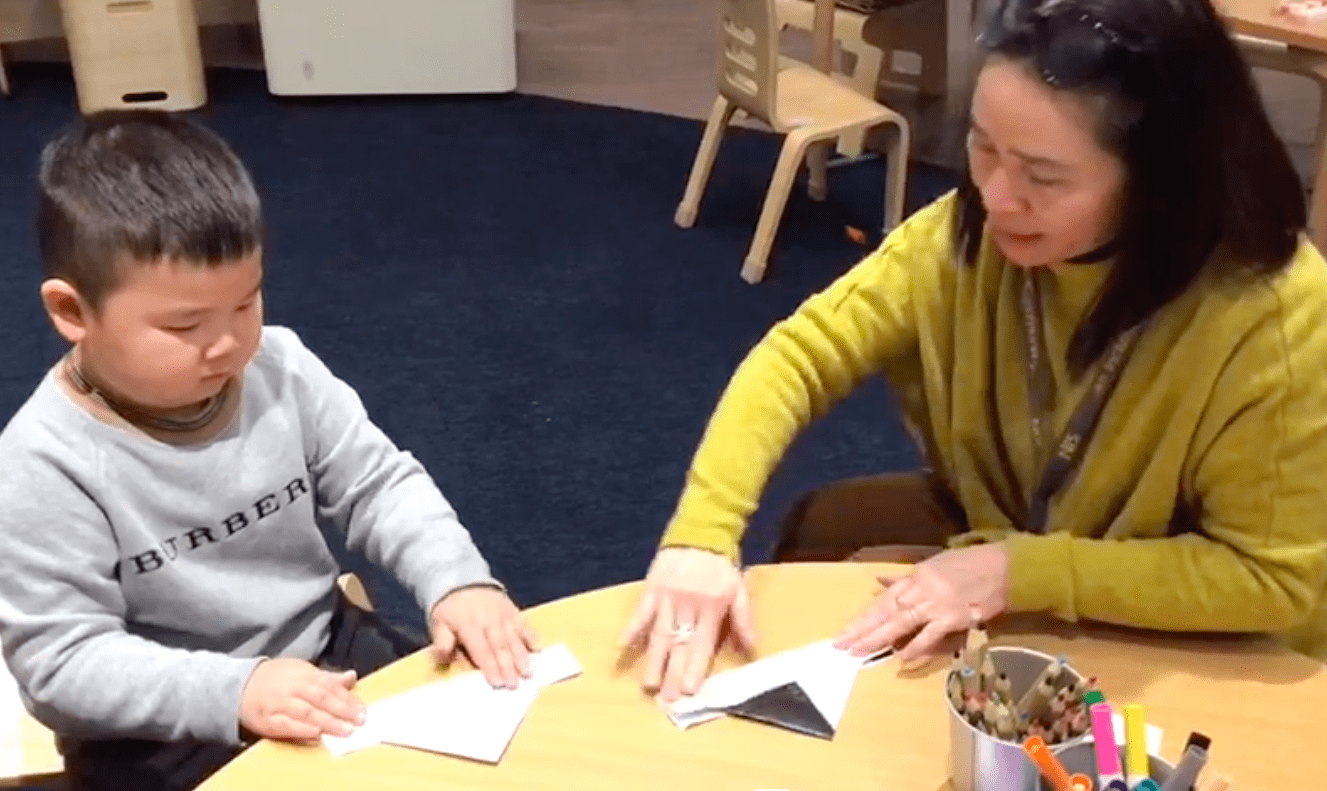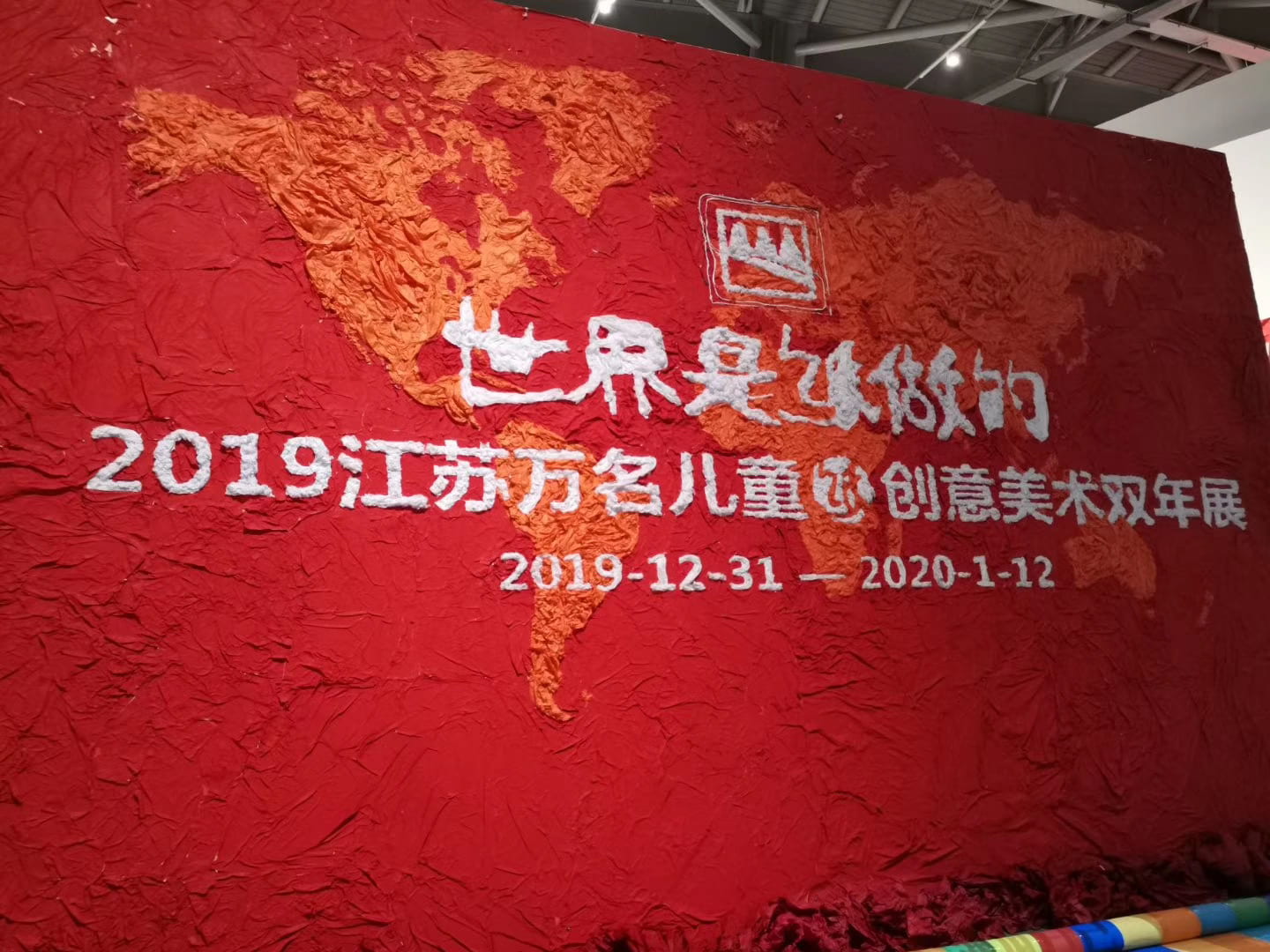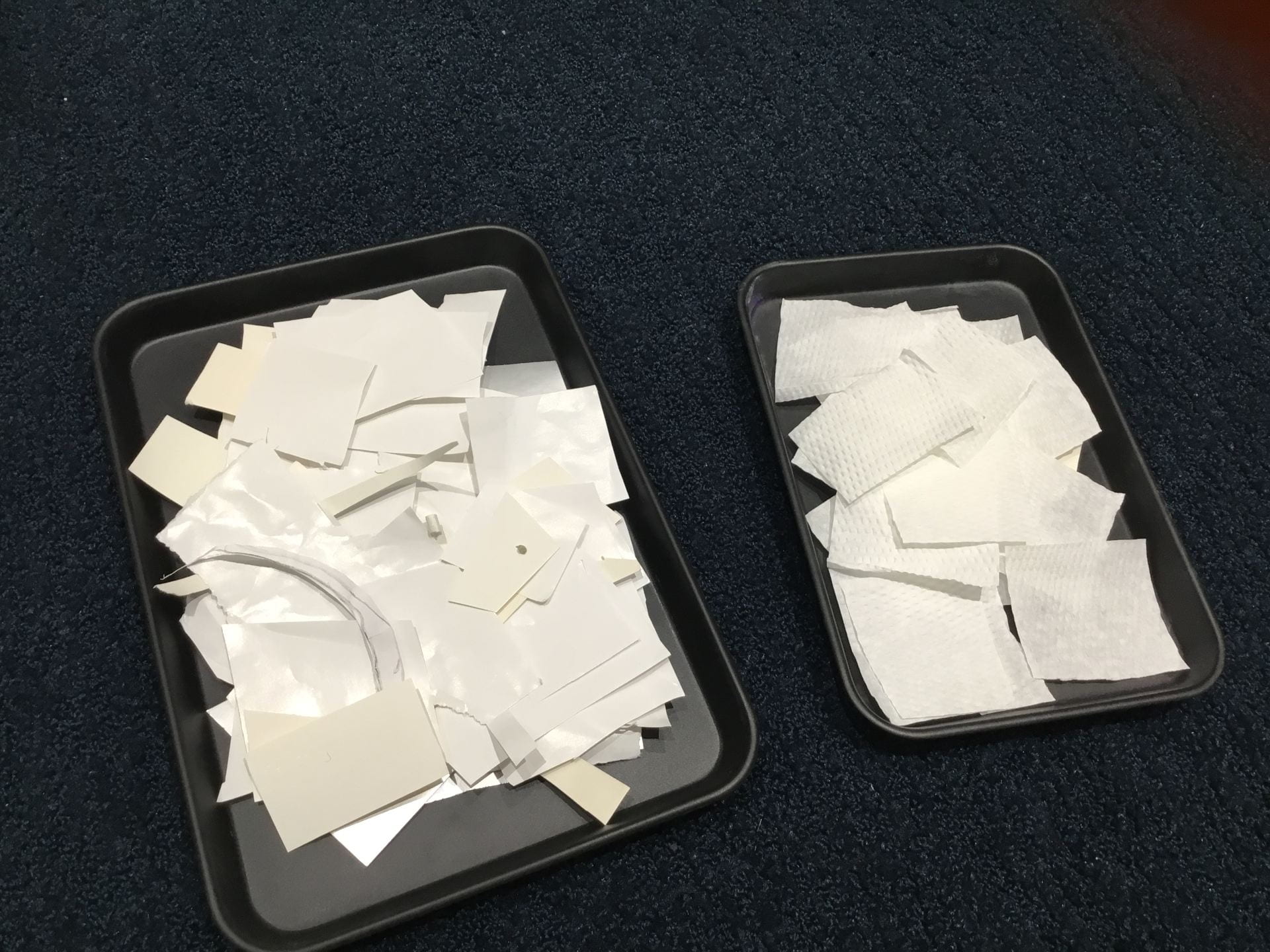Paper
The children gathered around Ms. Ai to create boats using paper from the recycled box. They were curious and wanted to see how pieces of paper can be turned into something new and exciting.

Some children created musical instruments using different types of paper.
A Piano

We create our own musical instruments and express ourselves creatively @NISChina @TinaHua16112229 @heididean666 @MrZachG @NISPreKK1 How do you express yourself? pic.twitter.com/Jjc8wYEGXK
— Shemo Gani (@shemogani) January 8, 2020
They made maps, iPhones, games and money using paper and card.
- The Game
- The Map
- Money
- iPhone
A computer with lots of buttons.

Learning Outcomes:
- engage with, and enjoy a variety of visual arts experiences.
- use their imagination and experiences to inform their art making.
- create artwork in response to a range of stimuli.
Noticing the children’s interest in paper, Ms. Tina decided to share some examples of paper art . The children then sorted out different paper to use in their creations.
Ms. Tina introduced the children to ‘Haha’.
- Teacher “What is an art gallery?
The children wondered…
- Teacher “It is a place with a lot of art.”
- Sebastian “Toys?”
- Teacher “It could be.”
The children talked about what people might do while they look at the different displays.
- Teacher “Can we be loud in the art gallery?”
- Children “No we have to be quiet.”

Haha went to an art gallery over the weekend. Children from a different school have created lots of wonderful pieces of art using different types of paper. He shared what he had seen there.

The children shared their thinking as they looked at the different pictures.
- Charlotte “A floating city!”

- Charlotte “It’s a bird house.”

- Bruce “A monster house.” Sebastian agreed.
- Yoochan “like toilet (shape of the toilet).”

- Yoochan “Cakes!”
- Sarah “It’s signs. Something you can’t do.”

- Charlotte ‘Like candies.”

- Yoochan “Like Television.”

- Charlotte “Like zombies.”

In the morning the children had collected a range of different pieces of paper.


These papers needed to be sorted so that we can use them to create.

What should we remember when we are sorting the paper?
How should we hold the paper?

Ms. Tina made a long line of paper.

She laid out 7 trays to help us sort. Charlotte suggested that we sort the paper by colour. Everyone agreed.
While sorting the paper the children thought of other rules for their sort. They noticed that some of the paper was thicker. Some had patterns and different textures. They worked in groups to sort and collect 6 trays of paper. Each group shared their rule for the sort.

Bruce, Leming and Yoochan had sorted the paper into two trays. Although both trays had white paper, one tray had ‘PAPER WITHOUT LINES’ and the other had ‘PAPER WITH LINES’.

Michelle and Charlotte explained that their sorts were by the thickness of the paper.

We wondered…
How should we sort the paper if we wanted to be able choose the paper without difficulty?

Michelle decided that it would be better to add the white papers on their tray into the trays that had ‘PAPER WITHOUT LINES’ and ‘PAPER WITH LINES’.

The children then needed to decide where these papers will be stored. They suggested the shelves by the table.

Sarah, Charlotte and Michelle created labels for the trays.
How might we use paper to share our creativity @NISChina? @NISPreKK1 @TinaHua16112229 @feefeefeeloo https://t.co/YpWpBDU1xn pic.twitter.com/APQTtghB8o
— Shemo Gani (@shemogani) January 14, 2020
We wonder what we might create with this paper…
How might we express our creativity with paper?
The Story of Paper
Ms. Anna Mila used a video to show the children the process of how paper is made. The children asked to watch the video repeatedly, asking insightful questions about the trees. They made great observations about the paper making process.

After we watched the video and read some books about how paper is made/recycled, we went into the atelier to make paper.

First, the children needed to rip up scraps of previously used paper.


Then, they needed to add lots of water.

Then, they needed to blend the paper into a pulp.


Next, it was poured into a bin with water that had a screen in it. The children needed to pour the pulp into all corners, covering the whole screen as evenly as possible.

This part of the work took great concentration and strength.


Sometimes the children noticed that they needed to add more paper scraps.

After the paper was poured, the screen needed to be lifted up carefully and then placed on a drying rack so that the pulp can dry, creating paper.


When the paper pulp on the mesh had dried, the children carefully lifted it off the drying racks. They were excited to see their own paper!

They sat around the tables with their own sheet of recycled paper and paints, excited to the create yet a new piece of art.

We wonder, what other materials and objects can we recycle?
Concepts: change, purpose, responsibility, creativity, connection, conservation, causation, changes of state, production.
Learning Outcomes:
- select tools, materials and processes for specific purposes.
- understand the impact of simple actions on their immediate environment
- understand that resources are necessary to meet the needs of living things
- develop enthusiasm and respect for nature and Earth
- develop care and concern for Earth and its environment
Approaches to Learning (ATL’s)
- listen actively and respectfully to others’ ideas and listen to information.
- ask for clarifications.
- interpret visual, audio and oral communication: recognizing and creating signs, interpreting and using symbols and sounds.
- express oneself using words and sentences.
- participate in conversations.
- be aware of own and others’ impact as a member of a learning group.
- follow the directions of others.
- demonstrate persistence in tasks.










